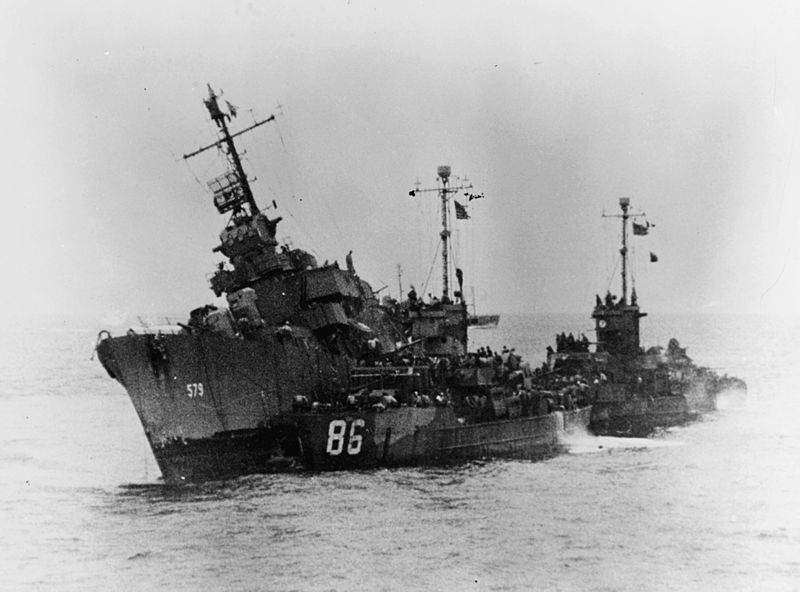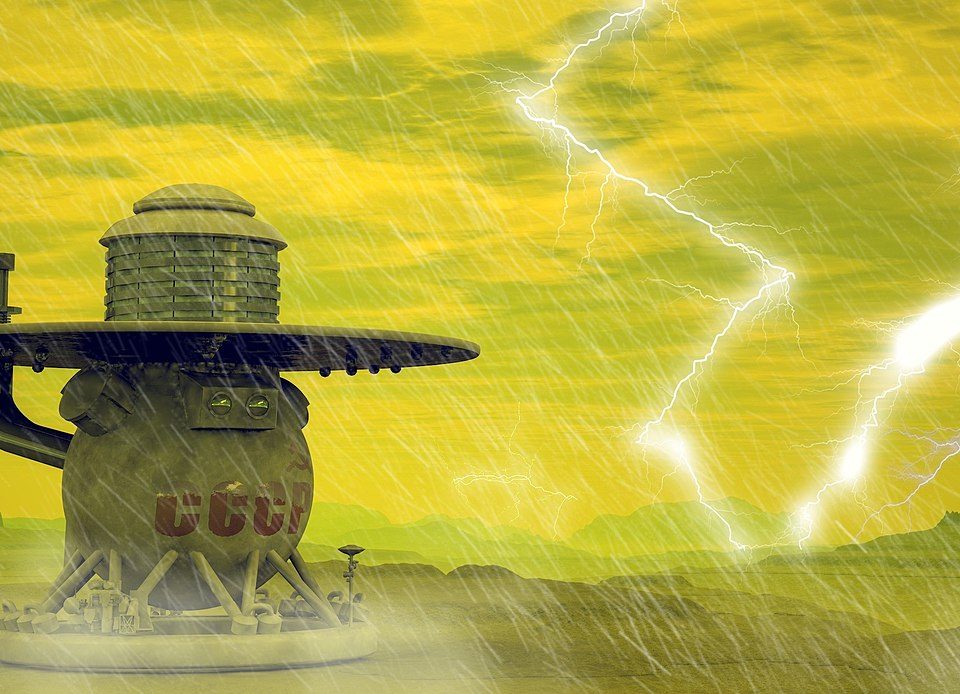
“2299” – a Sci-Fi/Noir Novella by Erik Slader
October 27, 2022
The Curse of the Willie Dee (WWII: The Pacific)
November 15, 2022Skylab: 1973 – 1979

As the Apollo program was coming to an end (with Apollo 17 being the last manned mission to the moon in 1972), NASA began to set it’s sights on the future. In 1971, the Soviet Union launched it’s first orbital space station, Salyut 1, so NASA scientists were eager to launch their own.
Following drastic budget cuts to the space program by President Richard Nixon (thanks in part to the public’s short attention span), the Apollo program was cut short, which left NASA with an extra Saturn V rocket to toy around with. The idea was to use the interior of the massive rocket, first proposed by Von Braun in the 60’s. Having an orbital space station would allow scientists to study the long-term effects on astronauts in zero gravity.

“Skylab” (the modified Saturn V) was launched from Kennedy Space Center on May 14th, 1973.

The problems began almost immediately with the station taking severe damage from the launch and deployment. The station’s micrometeoroid shield came apart and became tangled in one of the solar panels, causing further issues.
Just a couple months later, the first manned crew was given the primary objective of repairing the damaged shield. They managed to deploy a “parasol-like sunshade”, which helped to keep the station from overheating. One of the big concerns was that without the shield, the plastic insulation inside the station could melt and release poisonous gas!
The Skylab 2 crew broke the Russian record (23 days), with 28 days in space. Skylab 3 showed them up with a whopping 60 days, and Skylab 4 spent a full 84 days in orbit! During operations, Skylab logged about 2,000 hours of work, including 10 space walks, and nearly 80 experiments.

While the Skylab’s IBM computer was extremely primitive by today’s standards, it was revolutionary at the time. However, perhaps the most high-tech piece of equipment aboard Skylab was the zero-g space shower! Seriously, this thing was an engineering marvel. It also took about two and half hours to prep and operate, but hey, it’s better than being stuck in space with two dudes who haven’t showed in 84 days!
Skylab 4 was the final crewed mission aboard the space station, launched on November, 16th, 1973 – the same year the station was initially launched! During that time, around halfway through the mission, it’s rumored that the crew held a strike, a “space mutiny” if you will. In late December that year, the crew turned off their radio (allegedly), and Houston couldn’t get ahold of them. Although it’s been debunked, it most likely started because of some off the cuff remarks during interviews that may have gotten blown out of proportion. Although the astronauts had plenty of books and other forms of entertainment, most of them preferred to spend the time by looking out the window at the breath-taking view of the Earth below. The Skylab 4 crew bid a final farewell to the station on February 8th, 1974. On the way out, they left the door open, just in case.
NASA had planned to re-boost the station’s orbit, but unfortunately between delays and severe budget cuts (thanks Nixon!), the Space Shuttle program was not yet ready until 1981. (that’s a whole other subject – click here for more on that!) So the world sat around helplessly and waited for Skylab to unceremoniously fall to Earth in a burning heap of fiery wreckage!

Finally, on July 11th, 1979, the Skylab crashed to Earth. When the 75-ton station began to fall from orbit, they’d hoped it would crash harmlessly into the Indian Ocean – instead it broke up during reentry and scattered debris all over Western Australia! Thankfully no one was injured, but it’s said that Australia sent the US a bill for littering, which the US ignored… until 2009!

So yeah, Skylab cost tax payers billions of dollars, it was one of the most impressive engineering feats in NASA’s history, only for the US to abandon it in orbit for a full 5 years (after only being used for a total of 24 weeks), before it all came crashing down into the Australian outback!
Even though Skylab ended up being a massive missed opportunity, in many ways it set the stage for Russia’s MIR Space Station in the 80’s, China’s Tiangong station, and of course the International Space Station.

For more “Epic Fails in Space” check out our podcast episode on the topic (Episode 12), read “Epic Fails: The Race to Space”, and check out my all new sci-fi novella, “2299”!

– Erik Slader
Sources:
https://en.wikipedia.org/wiki/Skylab
https://www.nasa.gov/mission_pages/skylab
https://www.nasa.gov/feature/the-real-story-of-the-skylab-4-strike-in-space
https://www.history.com/news/the-day-skylab-crashed-to-earth-facts-about-the-first-u-s-space-stations-re-entry
http://abyss.uoregon.edu/~js/space/lectures/lec21.html




